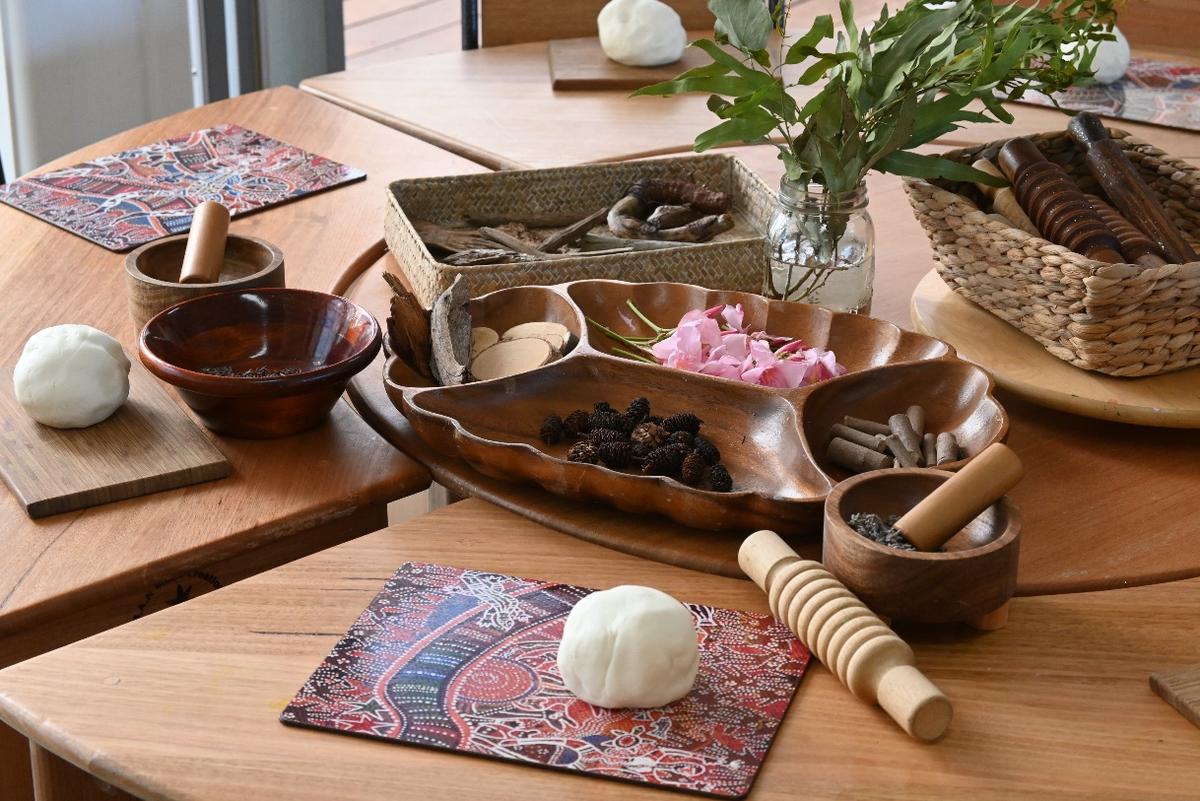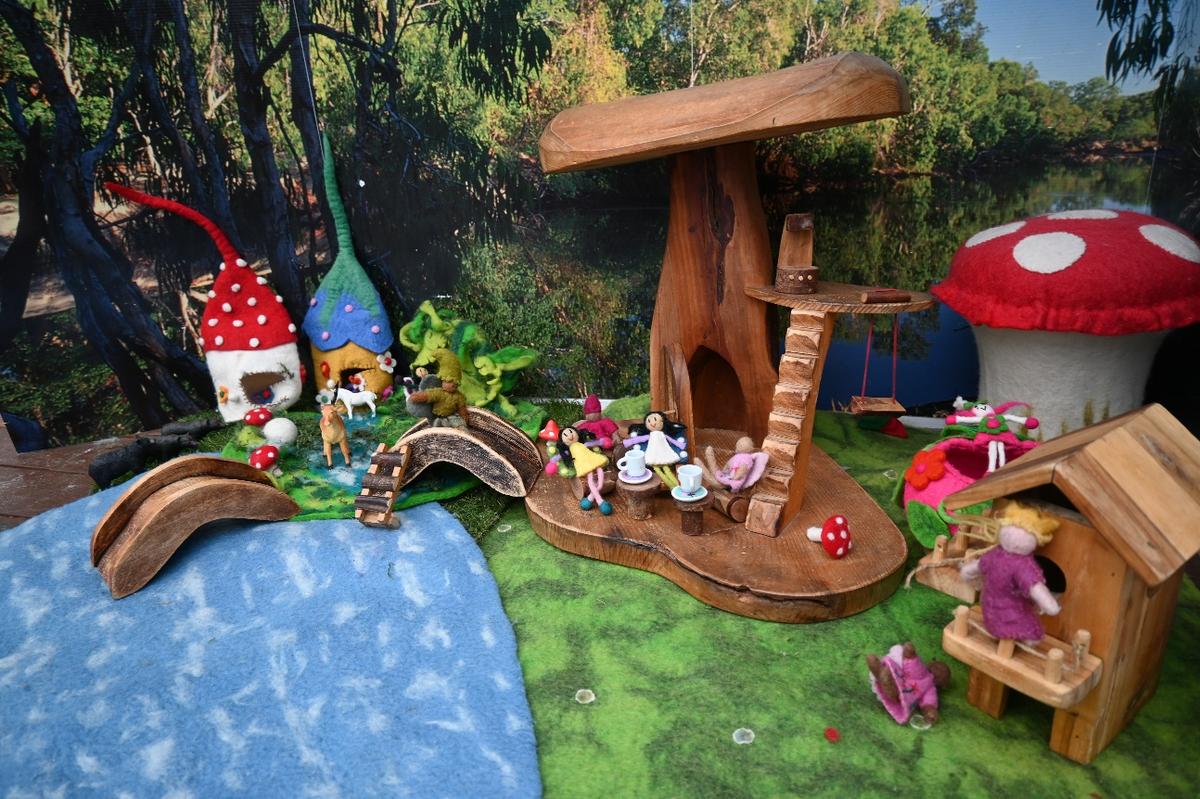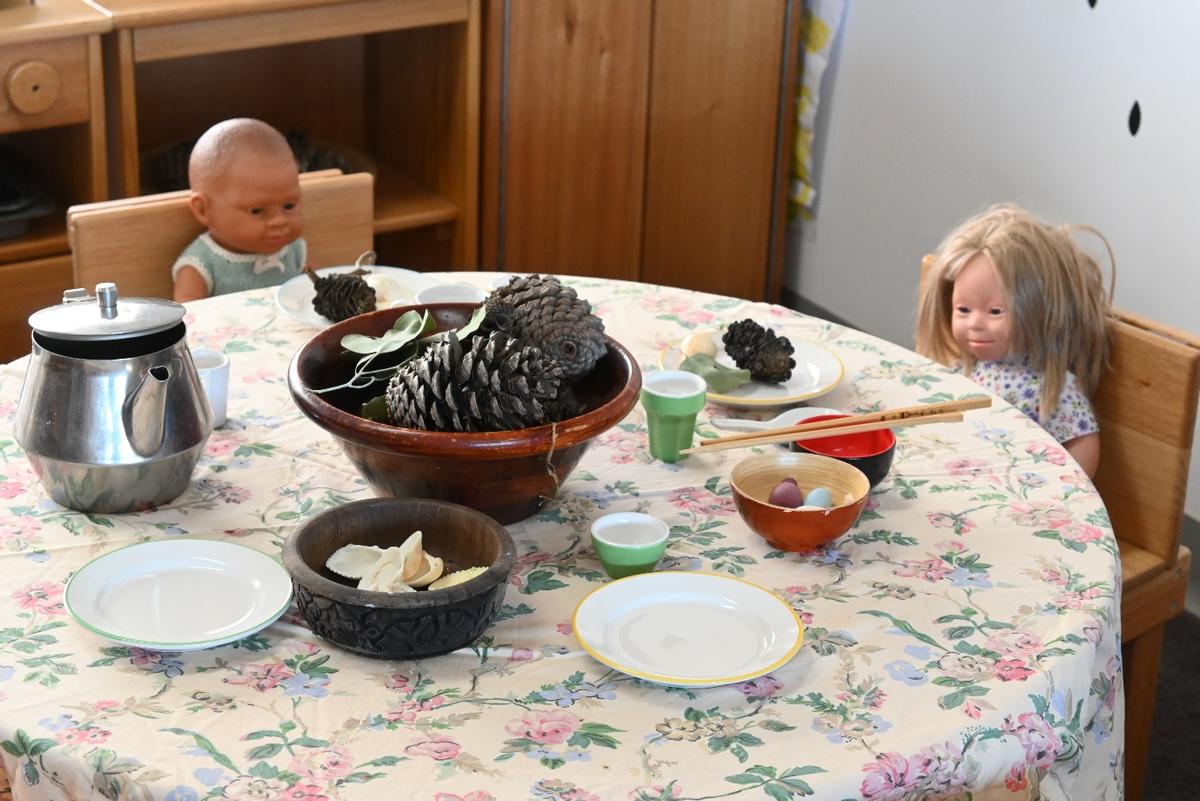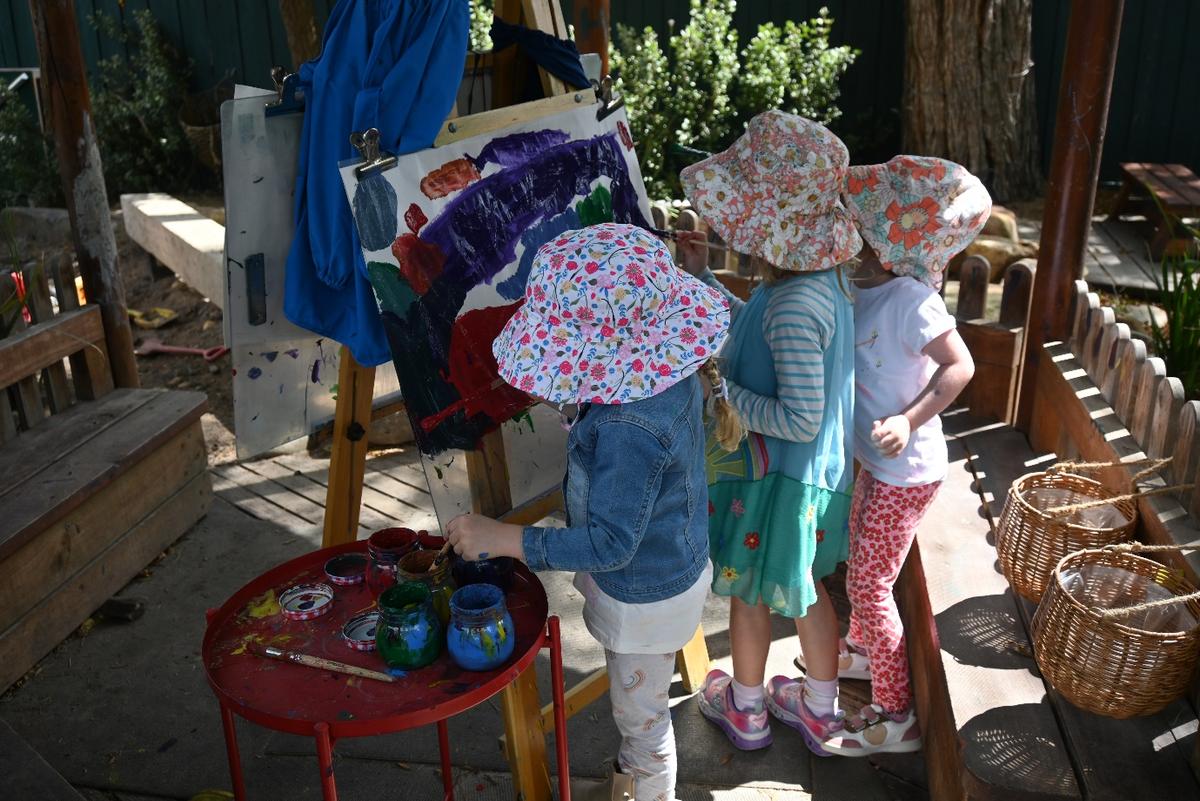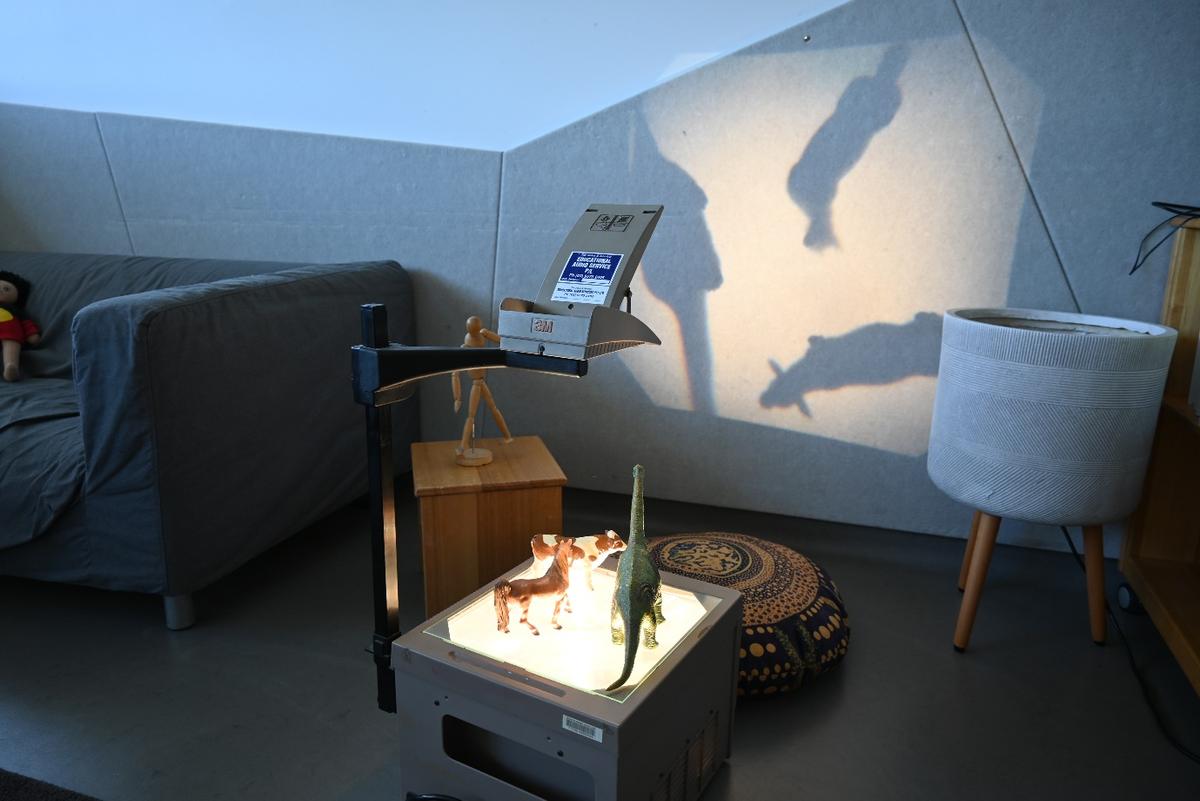Glen Education Bentleigh East
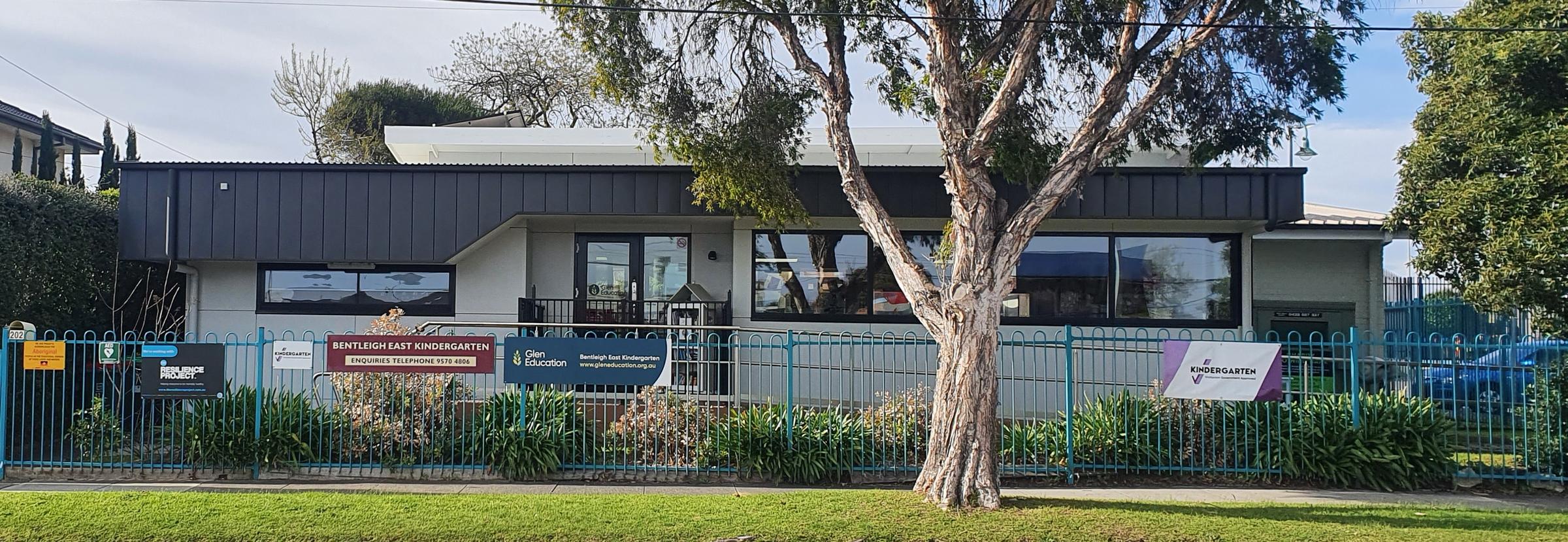
Learning Environments which Inspire
Innesa Dorevitch, Early Childhood Teacher
Leaves and twigs rustle in a stainless-steel bowl. As little Johnny begins to squeeze the clay with his fingers, he picks up the twigs to add to his creation. He dips his fingers into a small bowl of water, using it to mould the cold, cushiony clay. He gathers up some crushed star anise and cinnamon and their aroma spread across to the reading area – where a child lies on a soft bed of pillows, looking at a book - a gentle breeze from the deck gently blowing on her face. She turns to look out the deck as she hears a curious sound – she listens to what sounds like a flowing stream and sees two children busy pouring blue water in a large tub.
At Glen Bentleigh East, we are mindful that the learning environment has and will always continue to play a significant role in children’s learning. Our learning environment aims to evoke the senses – smell, touch, sound and sight. It is full of tactile, aesthetically pleasing experiences that are provocations to play. They provoke and invite children to think, hypothesise and wonder. Resources are thoughtfully added to the indoor and outdoor environment to promote creativity, thinking and problem-solving skills, questions, experimentation and open-ended play with our children.
Research has revealed that the physical environment is important in supporting children’s development and encouraging deep engagement in learning. Based on Reggio Emilia’s teaching philosophy, the learning environment acts as the Third Teacher. It conveys silent messages about teaching intentions and supports children in becoming fully engrossed in their learning. According to a research study examining the effects of physical environment on children, it is evident that the physical design and layout of preschool education environments influence a child’s learning (Westerberg & Vandermaas-Peeler, 2021)
At Glen Bentleigh East, our physical learning environment reflects the values and goals we want to nurture in children. We endeavour to create a learning environment that is respectful to our children, their learning and the earth. We aim for our learning environments to inspire, strengthen critical thinking skills and support children in becoming future innovators and thinkers.
Our learning environment is the Third Teacher because it is inviting, flexible and inclusive. We do this by incorporating loose parts in most areas such as stones, bottle caps and natural resources that children are able to move around, take into different areas and create with. Loose parts have been shown to help children become deeply engaged in an experience, strengthen cognitive and physical development as well as encouraging cooperative play in children (Houser et. al, 2016). Loose parts allow children to be the drivers of their own learning and decide how they want to play with an item. A pinecone in the home corner can be a bottle of milk, or it can be a car in the construction area. When children are given the opportunity to decide how they want to play – it stimulates their interests, curiosity and discovery.
At Glen Bentleigh East, we believe children deserve a physical space that helps them make sense of the world around them and follows their unique learning needs. Open-ended experiences through loose parts and sensory play allows children to be designers and creators. The learning environment supports children in becoming their authentic self and reaching further.
Supporting literature
Westerberg, L., & Vandermaas-Peeler, M. (2021). How teachers, peers, and classroom materials support children’s inquiry in a Reggio Emilia-inspired preschool. Early Child Development and Care, 191(7-8), 1259-1276.
Houser, N. E., Roach, L., Stone, M. R., Turner, J., & Kirk, S. F. (2016). Let the children play: Scoping review on the implementation and use of loose parts for promoting physical activity participation. AIMS Public Health, 3(4), 781.


